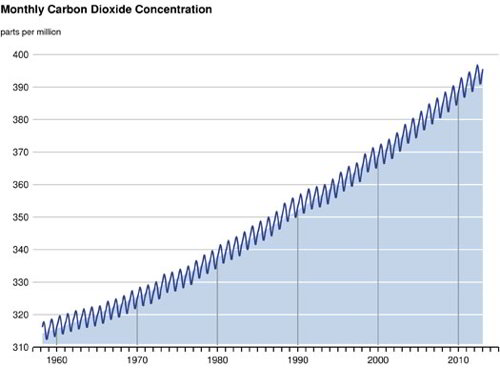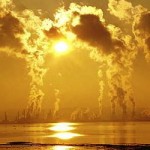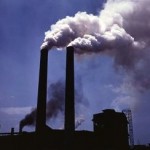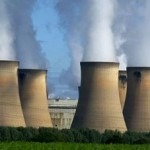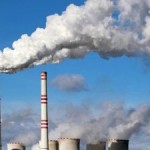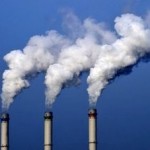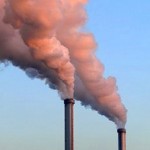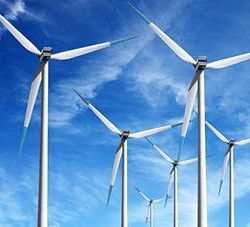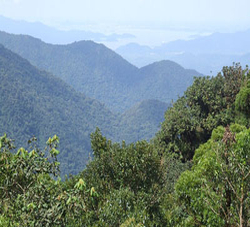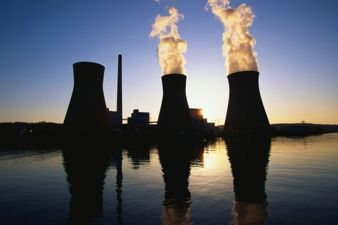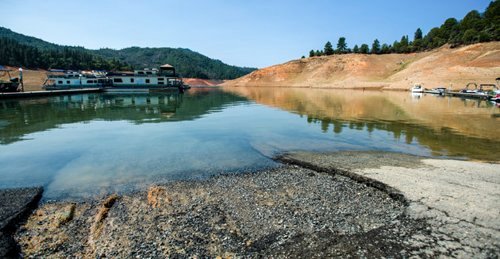 For the first time in human history, concentrations of the greenhouse gas carbon dioxide (CO2) could rise above 400 parts per million (ppm) for sustained lengths of time throughout much of the Northern Hemisphere as soon as May 2013.
For the first time in human history, concentrations of the greenhouse gas carbon dioxide (CO2) could rise above 400 parts per million (ppm) for sustained lengths of time throughout much of the Northern Hemisphere as soon as May 2013.
To provide a resource for understanding the implications of rising CO2 levels, Scripps Institution of Oceanography at UC San Diego is providing daily updates of the “Keeling Curve”, the record of atmospheric CO2 measured at Hawaii’s Mauna Loa Observatory. These iconic measurements, begun by Charles David (Dave) Keeling, a world-leading authority on atmospheric greenhouse gas accumulation and Scripps climate science pioneer, comprise the longest continuous record of CO2 in the world, starting from 316 ppm in March 1958 and approaching 400 ppm today with a familiar saw-tooth pattern. For the past 800,000 years, CO2 levels never exceeded 300 parts per million.
“I wish it weren’t true, but it looks like the world is going to blow through the 400-ppm level without losing a beat,” said Scripps geochemist Ralph Keeling, who has taken over the Keeling Curve measurement from his late father. “At this pace, we’ll hit 450 ppm within a few decades.”
The website keelingcurve.ucsd.edu offers background information about how CO2 is measured, the history of the Keeling Curve, and resources from other organizations on the current state of climate. An accompanying Twitter feed, @keeling_curve, also provides followers with the most recent Keeling Curve CO2 reading in a daily tweet.
Dave Keeling began recording CO2 data at Mauna Loa and other locations after developing an ultra-precise measurement device known as a manometer. Ralph Keeling took over the program in 2005 and also heads a program at Scripps to measure changes in atmospheric oxygen. The Scripps O2 and CO2 programs make measurements of CO2 and other gases at remote locations around the world, including Antarctica, Tasmania, and northern Alaska. The Scripps programs are complementary to many other programs now measuring CO2 and other greenhouse gases worldwide.
Scientists estimate that the last time CO2 was as high as 400 ppm was probably the Pliocene Epoch, between 3.2 million and 5 million years ago, when Earth’s climate was much warmer than today. CO2 was around 280 ppm before the Industrial Revolution, when humans first began releasing large amounts of CO2 to the atmosphere by the burning of fossil fuels. By the time Dave Keeling began measurements in 1958, CO2 had already risen from 280 to 316 ppm. The rate of rise of CO2 over the past century is unprecedented; there is no known period in geologic history when such high rates have been found. The continuous rise is a direct consequence of society’s heavy reliance on fossil fuels for energy.
Each year, the concentration of CO2 at Mauna Loa Observatory rises and falls in a saw-tooth fashion, with the next year higher than the year before. The peak of the saw-tooth typically comes in May. If CO2 levels don’t top 400 ppm in May 2013, they almost certainly will next year, Keeling said.
“The 400-ppm threshold is a sobering milestone, and should serve as a wake-up call for all of us to support clean energy technology and reduce emissions of greenhouse gases, before it’s too late for our children and grandchildren,” said Tim Lueker, an oceanographer and carbon cycle researcher who is a long-time member of the Scripps CO2 Group.
Source: Scripps Institution of Oceanography, University of California, San Diego.

